12 Epic ’80s Rock Tracks That Deserve a Place on the Soundtrack of Your Life
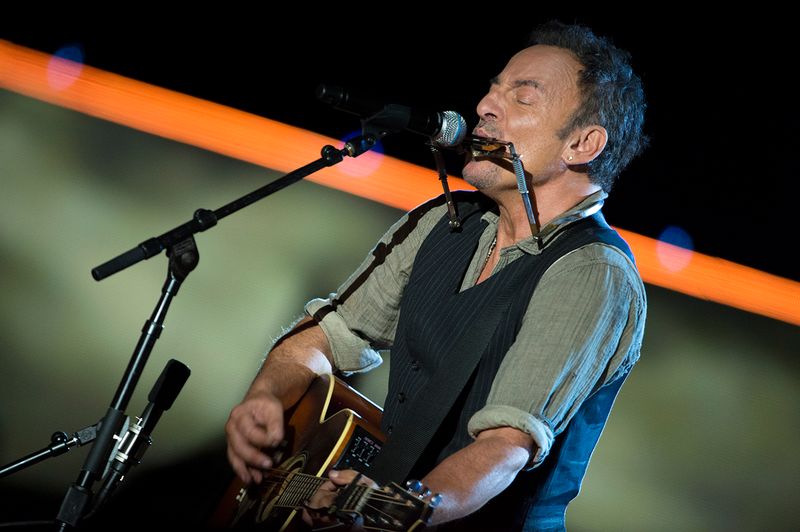
The 1980s gave birth to some of rock music’s most unforgettable anthems. These powerful songs weren’t just hits – they became the backdrop to countless memories, life-changing moments, and emotional journeys. From stadium-shaking choruses to guitar solos that still send shivers down your spine, these tracks captured the spirit of an era while somehow remaining timeless.
1. Livin’ on a Prayer – Bon Jovi (1986)

That iconic “Whoa, we’re halfway there” chorus has united generations of listeners since its release. Tommy and Gina’s struggle resonated with working-class Americans facing economic hardship, turning their fictional story into everyone’s story.
Jon Bon Jovi’s soaring vocals, coupled with Richie Sambora’s talk box guitar effect, created a sonic signature that remains instantly recognizable decades later. The track’s energy builds masterfully, from the stripped-back opening to the explosive chorus.
Originally, Bon Jovi nearly abandoned the song during recording sessions until producer Desmond Child convinced them of its potential. Good call – it became their signature anthem and a karaoke staple worldwide.
2. Don’t Stop Believin’ – Journey (1981)
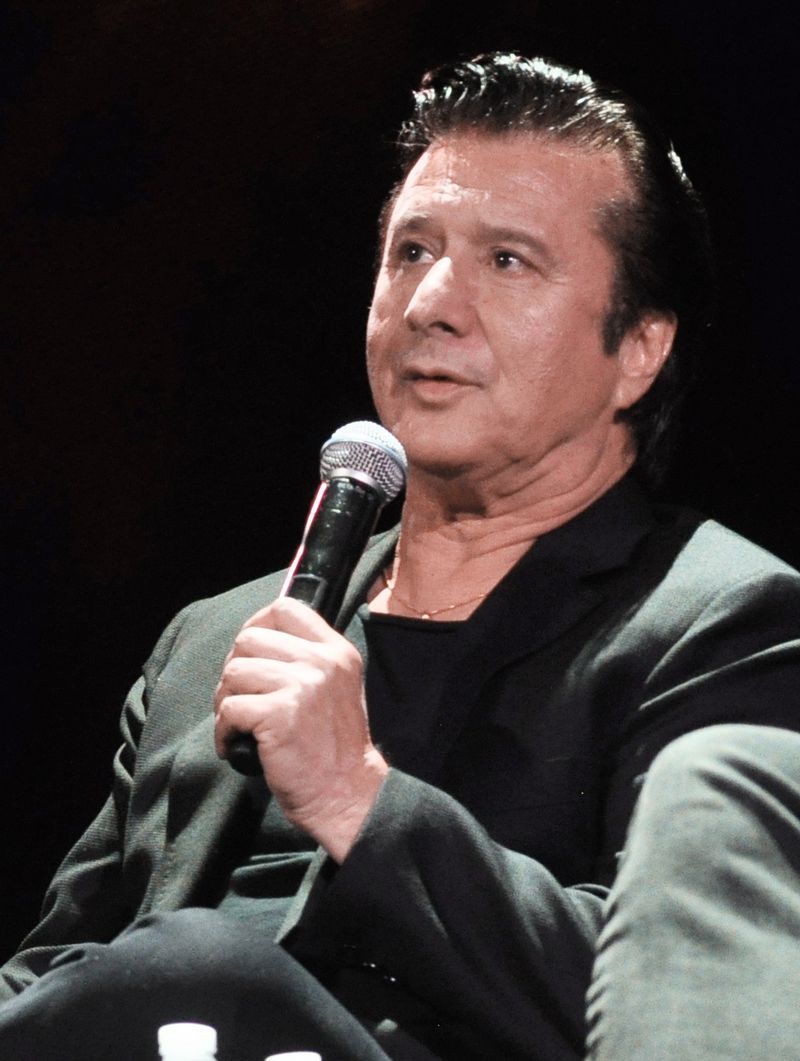
Steve Perry’s voice soars over one of rock’s most recognizable piano intros, creating an instant mood of possibility. The song follows nameless characters—a small-town girl, a city boy—whose individual journeys symbolize universal hopes and struggles.
Released on Journey’s seventh album “Escape,” this track surprisingly wasn’t an immediate chart-topper. Its cultural staying power grew over decades through movies, TV shows, and sporting events, eventually becoming the band’s signature anthem.
The song’s structure breaks conventional rules by saving its chorus until the final minute. This unusual approach creates a building tension that pays off gloriously when that famous refrain finally arrives.
3. Here I Go Again – Whitesnake (1982/1987)

David Coverdale’s bluesy wail perfectly captures the restless spirit of someone determined to forge their own path. Originally recorded in 1982, the 1987 remix transformed this good song into a great one, adding glossier production and that unforgettable keyboard intro.
The music video featuring Tawny Kitaen dancing on car hoods became an MTV sensation, cementing the song in pop culture history. Guitarist John Sykes’ blazing solo work elevated the track from simple power ballad to rock masterpiece.
Fun fact: Coverdale wrote the lyrics during a low point after his first marriage ended. The line “like a drifter I was born to walk alone” wasn’t just rock posturing—it reflected his genuine feelings of isolation and determination to move forward.
4. Born in the U.S.A. – Bruce Springsteen (1984)
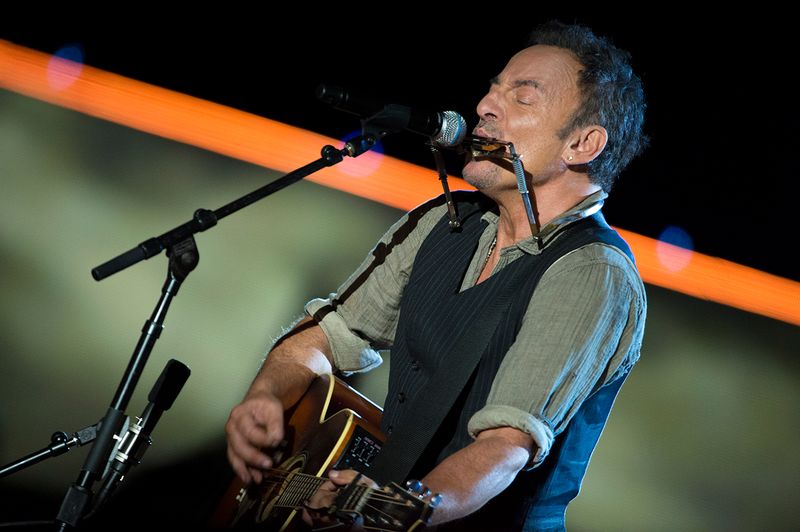
Masked by thundering drums and triumphant synthesizers lies one of rock’s most misunderstood protest songs. Springsteen crafted a scathing critique of Vietnam veterans’ treatment while creating a chorus so catchy that politicians mistook it for patriotic celebration.
The Boss originally recorded a sparse, haunting acoustic version that made the bitter lyrics impossible to misinterpret. Producer Jon Landau convinced him to transform it into the anthemic rocker we know today, creating an intentional tension between sound and message.
The iconic album cover—Springsteen’s backside against the American flag—perfectly captures the song’s duality. It simultaneously embraces and questions American identity, making it a complex statement about patriotism that remains relevant decades later.
5. With or Without You – U2 (1987)

The Edge’s innovative guitar work creates a hypnotic atmosphere, using a custom-built infinite sustain device to produce those shimmering, endless notes. Bono’s vocals start as intimate whispers before building to passionate cries, mirroring the song’s emotional journey from restraint to release.
Producer Brian Eno nearly convinced the band to abandon the track during the troubled “Joshua Tree” recording sessions. The breakthrough came when drummer Larry Mullen Jr. added a distinctive martial beat that transformed the song’s dynamics.
The lyrics capture love’s contradictions—simultaneously nourishing and destructive, essential yet painful. This universal tension resonated globally, giving U2 their first American #1 hit and establishing them as stadium-filling superstars capable of combining commercial appeal with artistic depth.
6. Every Rose Has Its Thorn – Poison (1988)

Beneath the big hair and makeup, Poison revealed surprising emotional depth with this acoustic-driven power ballad. Bret Michaels wrote it after calling his girlfriend from a laundromat on tour, only to hear a man’s voice in the background—heartbreak transformed into musical gold.
The contrast between the gentle verses and explosive chorus perfectly captures the song’s central metaphor: love’s beauty inseparable from its pain. C.C. DeVille’s guitar solo remains one of hair metal’s most tasteful moments, prioritizing emotion over technical showboating.
Initially, their record label resisted releasing such a mellow track from a party-rock band. The gamble paid off when it became Poison’s only #1 hit and proved that even the most image-conscious bands of the era could create moments of genuine feeling.
7. Time After Time – Cyndi Lauper (1983)

Amid the neon brightness of ’80s pop, Cyndi Lauper created a moment of genuine vulnerability with this timeless ballad. Her distinctive vocal quirks take a backseat to pure emotional delivery, proving her range extended far beyond the quirky persona of “Girls Just Want to Have Fun.”
The song originated during a jam session when producer Rob Hyman played a keyboard part that caught Lauper’s attention. They developed it together, drawing from personal experiences of supporting friends through difficult times.
The accompanying video showed a more subdued Lauper saying goodbye to her real-life boyfriend, adding another layer of authenticity. Over 400 artists have since covered the song, including Miles Davis, whose instrumental version speaks to its melodic strength beyond the lyrics.
8. I Want to Know What Love Is – Foreigner (1984)

Lou Gramm’s voice starts in restrained contemplation before soaring to emotional heights few rock vocalists could match. The New Jersey Mass Choir’s entrance in the final chorus elevates the song from personal plea to universal spiritual yearning.
Guitarist and songwriter Mick Jones wrote the track during a relationship crossroads, pouring genuine questions about love’s meaning into what could have been just another rock ballad. Producer Alex Sadkin captured a perfect balance between rock instrumentation and gospel influences.
Thomas Dolby (of “She Blinded Me With Science” fame) programmed the synthesizers, creating those distinctive ethereal textures. The song topped charts worldwide, proving that even in the image-conscious ’80s, emotional authenticity could break through the glossy surface to connect with millions.
9. Sweet Child o’ Mine – Guns N’ Roses (1987)
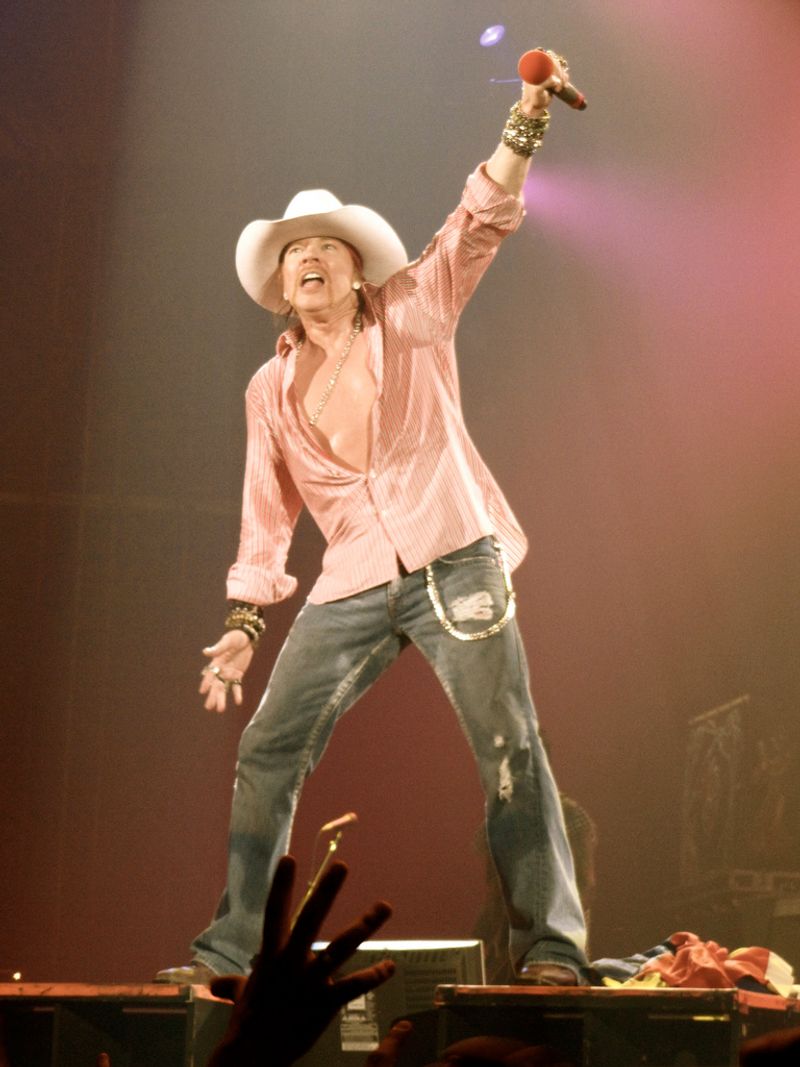
Slash created rock’s most recognizable guitar intro while just fooling around during rehearsal—a playful warm-up exercise that transformed into music history. Axl Rose’s lyrics were genuine poetry for his then-girlfriend Erin Everly, showing a tender side amid the band’s dangerous reputation.
The song’s unusual structure includes that famous outro where the band shifts gears entirely. “Where do we go now?” wasn’t just a lyric—it was Rose’s actual question about how to end the song, captured in real-time and kept in the final version.
Despite becoming their breakthrough hit, some band members initially dismissed it as too pop-oriented. The compromise between Slash’s bluesy rock sensibilities and Rose’s melodic instincts created the perfect bridge between hard rock authenticity and mainstream appeal.
10. In the Air Tonight – Phil Collins (1981)
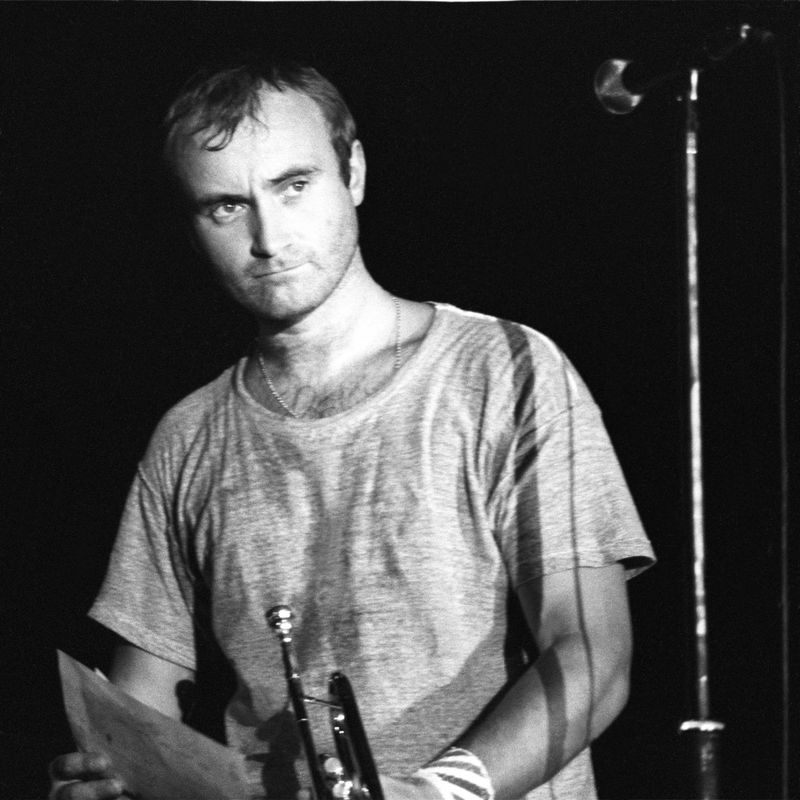
Those atmospheric synthesizers and minimalist drum machine create an eerie landscape of tension and anticipation. Urban legends claim the song describes Collins witnessing a drowning, but he wrote it during the emotional aftermath of his first divorce, channeling raw anger into musical form.
The legendary drum break at 3:40 remains one of rock’s most anticipated moments. Collins recorded it in just two takes, using gated reverb—a technique that defined ’80s drum sounds and changed production standards across the industry.
Director Michael Mann’s use of the song in the pilot episode of “Miami Vice” created one of television’s most influential music moments. The song’s cinematic quality has made it a favorite for dramatic scenes in everything from movies to commercials, cementing its place in pop culture beyond just radio play.
11. Under Pressure – Queen & David Bowie (1981)

John Deacon’s instantly recognizable bassline emerged from an impromptu jam session, creating one of rock’s most sampled hooks. The vocal interplay between Freddie Mercury and David Bowie showcases two of music’s most distinctive voices trading lines, harmonizing, and ultimately building to Mercury’s spine-tingling high note.
Recording sessions weren’t always harmonious—Bowie and Queen reportedly clashed over the arrangement. This creative tension produced something greater than either artist might have created alone, blending Queen’s theatrical flair with Bowie’s avant-garde sensibilities.
The lyrics address societal pressure with surprising depth for a rock hit. “This is our last dance” carries extra poignancy now, representing a rare collaboration between two icons we lost too soon but whose musical legacy continues to inspire new generations.
12. Start Me Up – The Rolling Stones (1981)

Keith Richards’ instantly recognizable guitar riff kicks off with swaggering confidence that defined the Stones’ sound. Originally conceived as a reggae track during the “Black and Blue” sessions years earlier, the band rediscovered and reinvented it as a straight-ahead rocker for “Tattoo You.”
Mick Jagger’s playfully suggestive lyrics push the boundaries of radio-friendly content. The famous line “You make a dead man come” somehow slipped past censors, with Jagger later admitting he was surprised they got away with it.
The song gave the aging rockers renewed commercial relevance entering their third decade. Microsoft later paid a reported $3 million to use it for their Windows 95 launch—the first time the band had licensed a song for commercial use, signaling rock’s evolution from rebellion to establishment.

Comments
Loading…